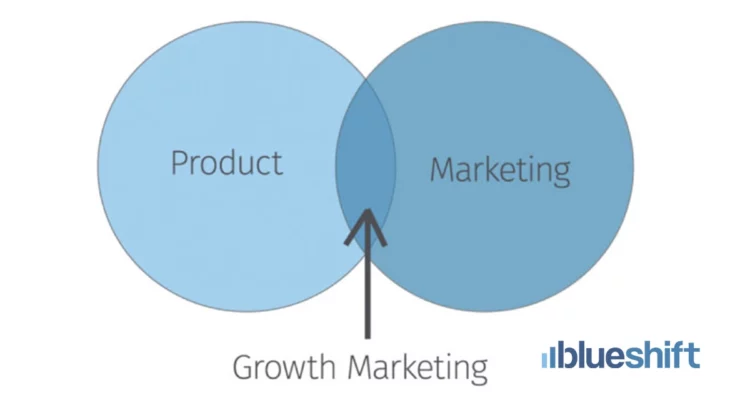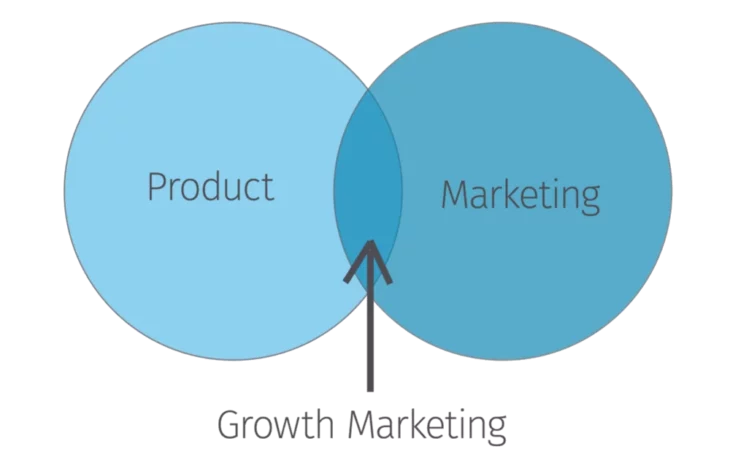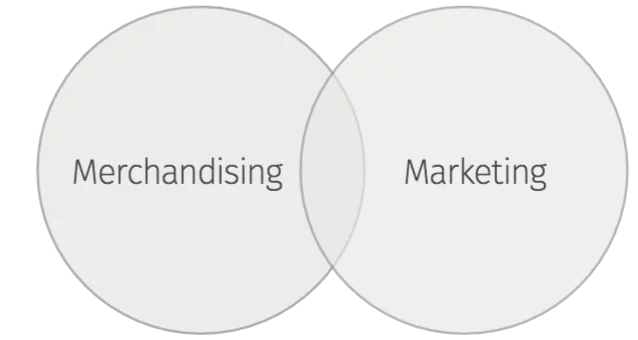Ever since Facebook staffed a whole “growth team”, the idea of Growth Marketing has captured the imagination of marketers. However, it’s a topic on which there’s very little informative material for aspiring practitioners. That is why we are excited to announce the first ever comprehensive Growth Maketers’ Guide to Customer Engagement.
Growth Marketing Defined – What It Is and What It Isn’t

WHAT IS GROWTH MARKETING?
But first, what is growth marketing? A consensus definition is hard to find, but we prefer the following definition:
“Growth marketing drives increased user engagement, by extending the boundaries of the product into marketing channels.”
There are 2 key elements of growth marketing definition: :
What do growth marketers do? Growth marketers drive higher user engagement with the product that they are marketing.
How do they do it? They achieve this by taking the product into channels that are traditionally considered marketing channels, e.g., email marketing or mobile push notifications.
Others have defined growth marketing in similar terms:
- Wealthfront’s VP of Growth Andy Johns said[1]: “Finance owns the flow of cash in and out of a company, growth owns the flow of customers in and out of a product.”
- “Growth marketing is removing the boundaries of marketing to enable every aspect of the customer experience to focus on attracting more engaged customers.” – Mike Volpe, former CMO of Hubspot
THE INTERSECTION OF PRODUCT AND MARKETING…
If you were to think of product & marketing as 2 different functions, growth marketing is the area where the two meet:
This might mean different things for different industries. For instance, in retail & e-commerce industries, the notion of “product” is closer to merchandising, and you might see growth marketing at the intersection of merchandising and marketing:
Let’s look at some examples of some growth marketing delivered in the form of email notifications. In all these examples, we will see how email, traditionally a marketing channel, is being used to extend the boundaries of the core product by delivering recommendations from within the product
1. Twitter’s email notifications with recommendations on who to follow

2. Amazon’s abandoned browse emails that showcase relevant merchandise

3. Foursquare’s “tips” push notifications featuring info about restaurants and other places

WHAT GROWTH MARKETING ISN’T
While we are on the subject of defining growth marketing, we should make it clear what it’s not. As you can see from the examples above, growth marketing is not simply digital marketing, or in other words all digital marketing is not growth marketing. Growth marketers certainly use digital marketing channels, what makes them different is that they do it in a way that features relevant content from the product.
Growth marketing is also not the same as “growth hacking”, a practice of customer acquisition through unconventional means. The most commonly mentioned examples of growth hacks include Airbnb’s user acquisition using Craigslist postings or Dropbox’s viral user acquisition using incentives for sharing an account. Unlike these growth hacks that are truly one off and not replicable, growth marketing consists of systematic techniques and principles that you can apply across multiple situations and products. Also, unlike the customer acquisition focused techniques of growth hacking, growth marketing consists of driving customer engagement with the product.




